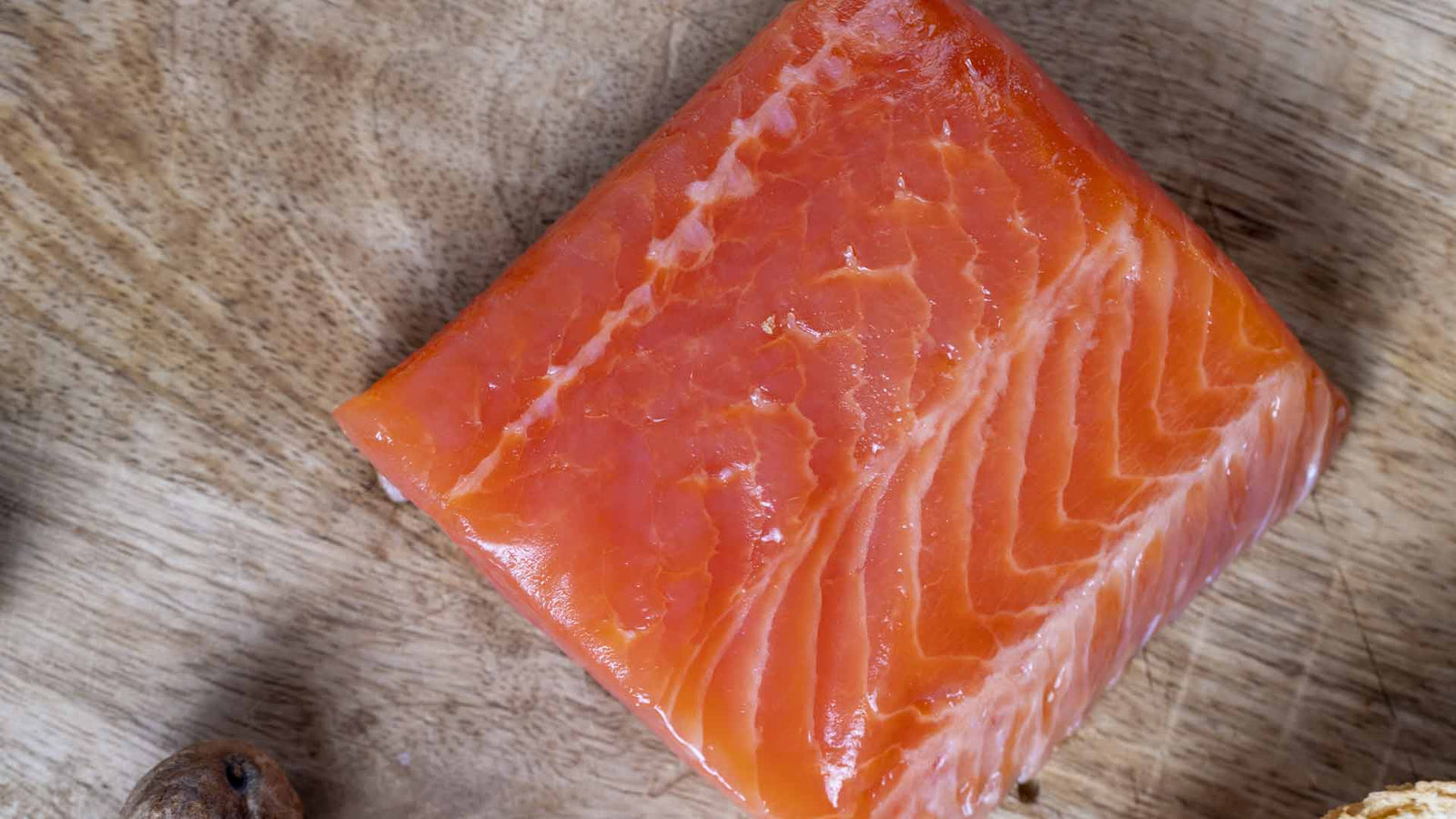
When most people think of salmon, they think of Coho and Sockeye. While both are delicious, there are some key differences between the two that you should be aware of before making your next purchase at our shop.
Wild Alaskan salmon is a healthy, clean source of protein with nutritional benefits that you can't easily find elsewhere, and it's delicious! The fillets are made up primarily of two types: Sockeye, which has a red color, and Coho, which has a lighter orange and pink hue, but they're both great in taste, so don't worry about getting bored eating only one kind all day long.
In this blog post, we'll outline those differences and help you decide which is right for your next meal. So let's get started!
Meet: These Wild Alaskan Salmon
The flesh of the sockeye salmon is a vibrant, saturated red. This makes it easy to identify and photograph from both food photographers or those new in learning about different types of salmon --since they can tell that this one has rich color across its whole body!
The name "sockeye" came due because these salmon have been known as one with a very photogenic appearance, especially when compared against other species like whitefish. Which may look more pristine but lack depth portrayals often found within nature photography scenes involving aquatic life.
The red salmon is the most photogenic, and it can easily be identified due to its vivid color. It also has a rich taste that makes for an excellent meal!
The Coho is one of the most beautiful species found in Alaskan salmon. It has radiant, silvery skin and stands out when set against its red-orange neighbors, with their deeply colored flesh ranging from orange to pink depending on where they are caught.

Sockeye Salmon: The Carotenoid Superstar
When you take a keen look at what is in the sockeye and coho salmon, this is where the two species separate for you as the shopper.
Wild Alaskan sockeye's remarkable red flesh reflects the food it consumes, one that is high in nutritious algae and zooplankton, which include tiny crustaceans like krill, which gives it its signature color. The color is not just aesthetic here. It is the direct result of an antioxidant compound called astaxanthin, a carotenoid that salmon consume in their daily diet. Sweet potatoes, carrots, and squash contain carotenoids. Whether these carotenoids are plant or fish-based, the nutrition gets passed up the food chain when we make them part of our meal.
All types of salmon get their pink-orange-red flesh because of these dietary components. Sockeye happens to eat the most zooplankton of all the wild salmon: So the redder in color the fillet of the salmon, the more astaxanthin is what we are eating. On the other hand, Coho, a more subdued shade of red, contains about half as much astaxanthin as sockeye.
Coho Salmon: Rich in Omega-3
Both wild Sockeye and Coho are slender, with Sockeye being the thinner of the two. There about 15 grams of fat in a 6-ounce fillet of sockeye salmon, while the Coho packs about 9 grams. Both wild species are rich in anti-inflammatory omega-3 fatty acids. That is prized by the health nuts and under-consumed by the average person in routine life.
Moreover, sockeye edges out Coho in terms of its astaxanthin content. However, it should be noted that a fillet from this fish has the highest amount of EPA and DHA - omega 3 fatty acids we're looking for when purchasing supplements like those found at your local drugstore! So when you're integrating Coho into your diet, perhaps a few fillets each week, you're getting your recommended dose of EPA and DHA from a delicious meal, not from a pill.
Don't wait up. Buy wild-caught Alaskan Coho or Sockeye salmon from our store and enjoy a healthy life.

